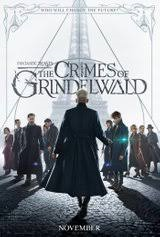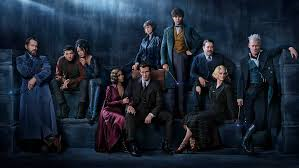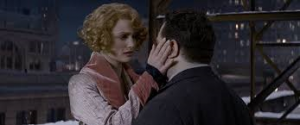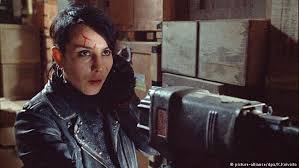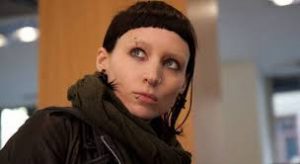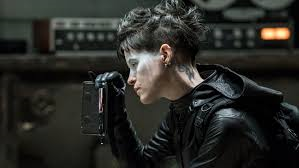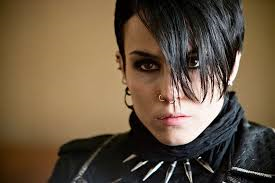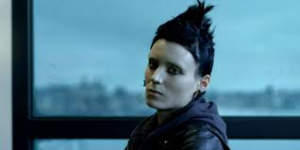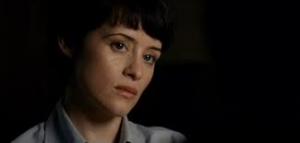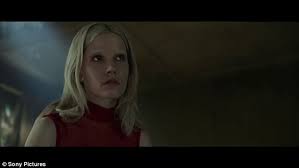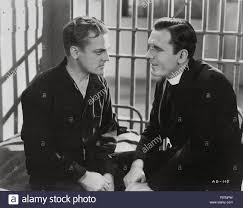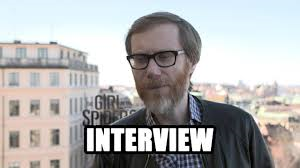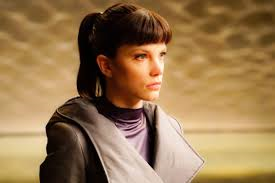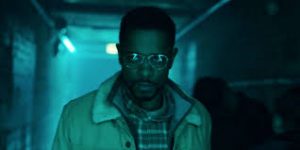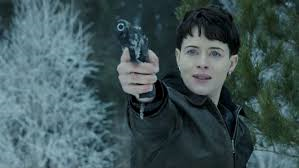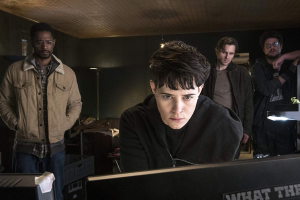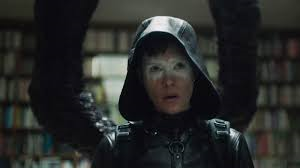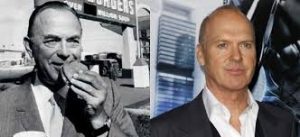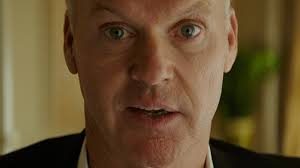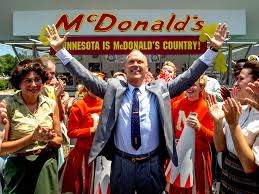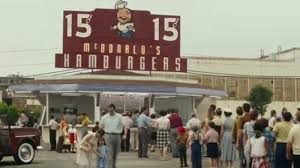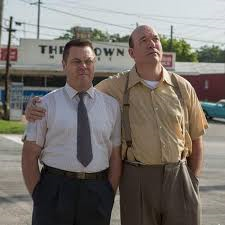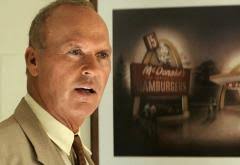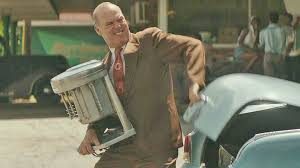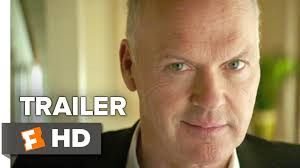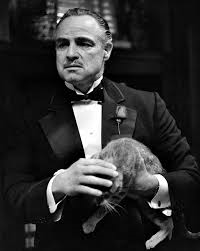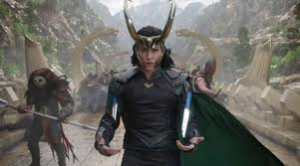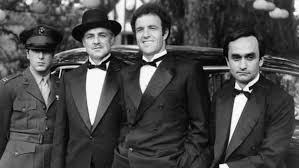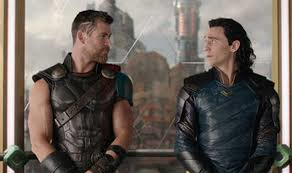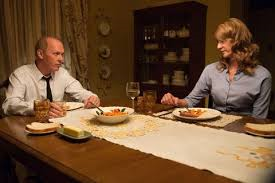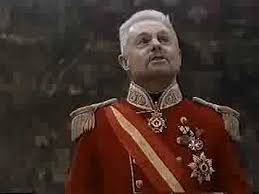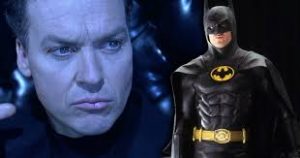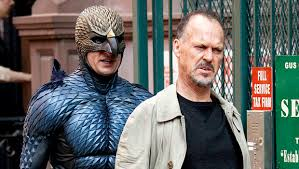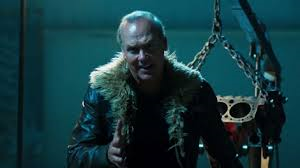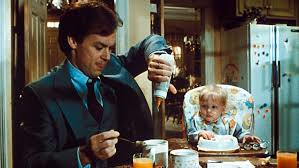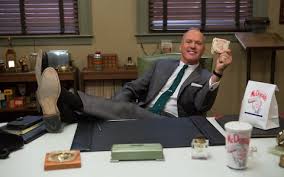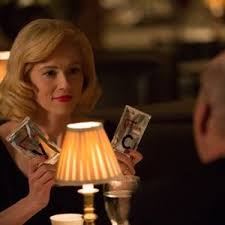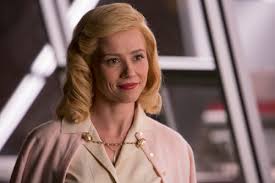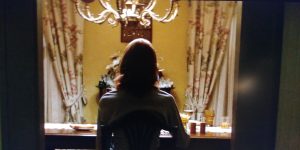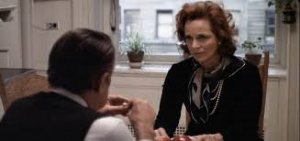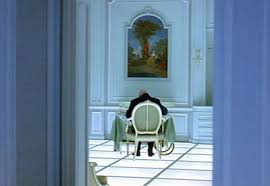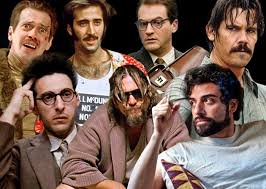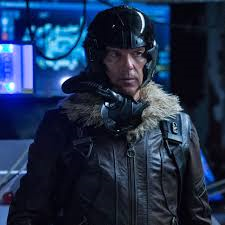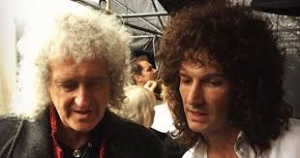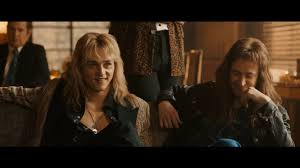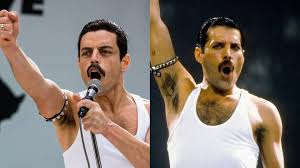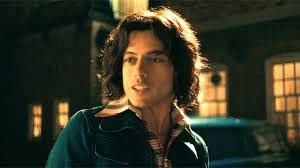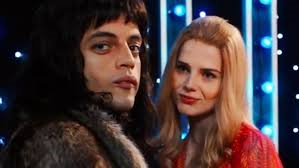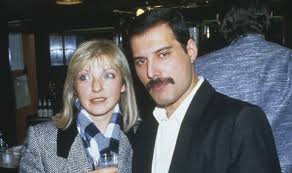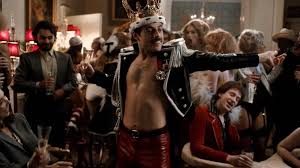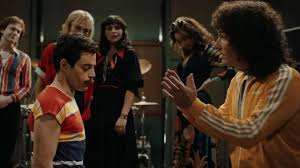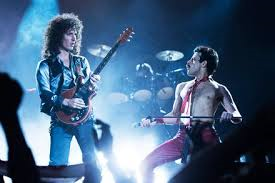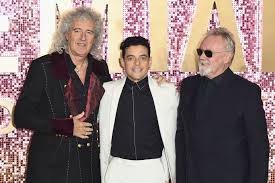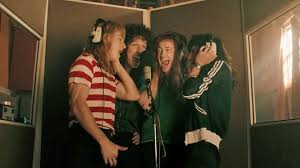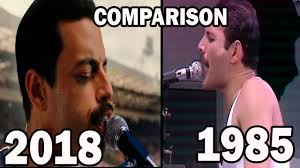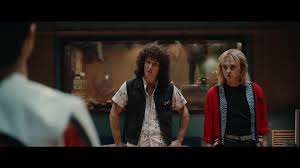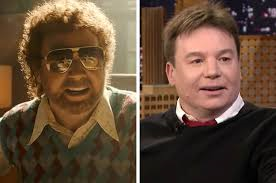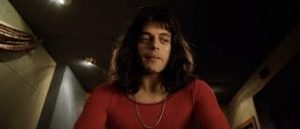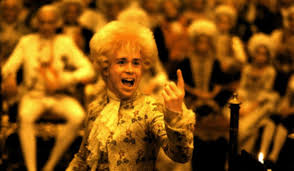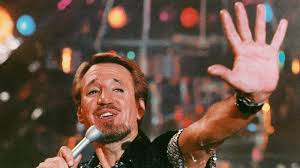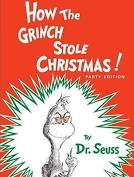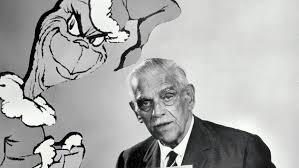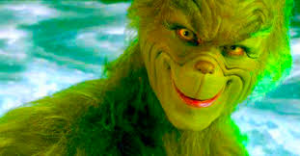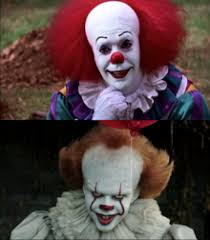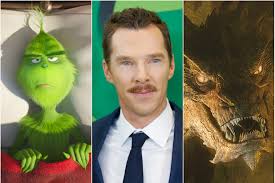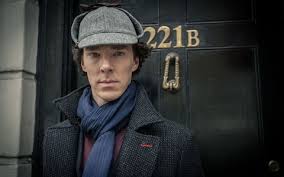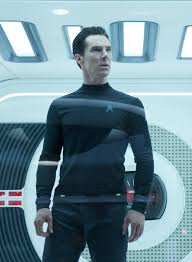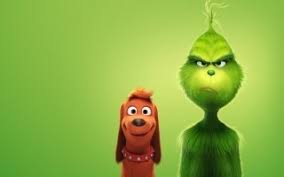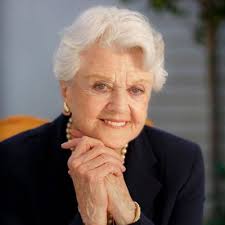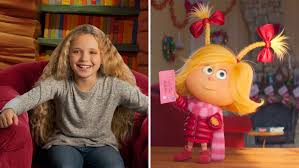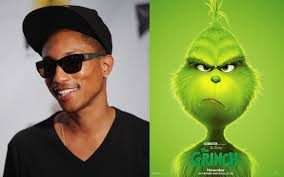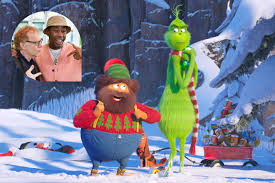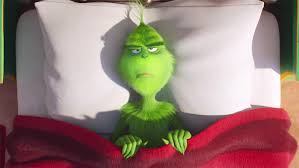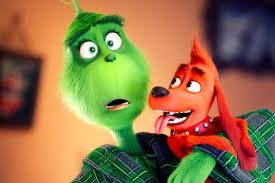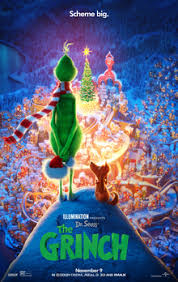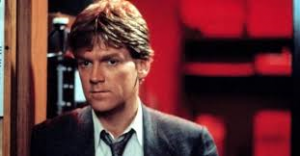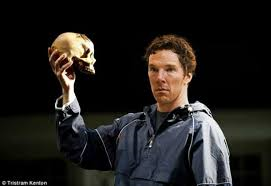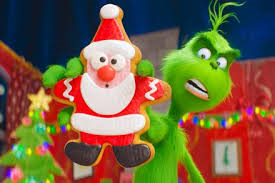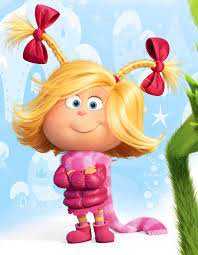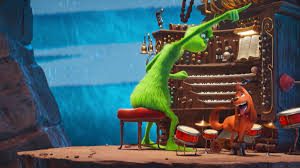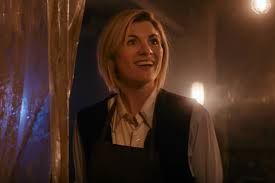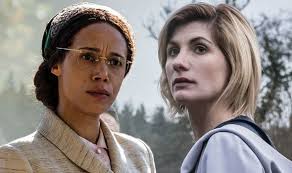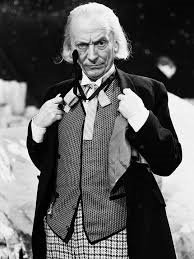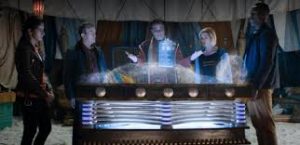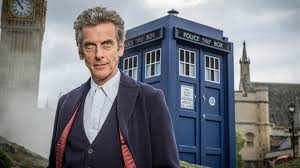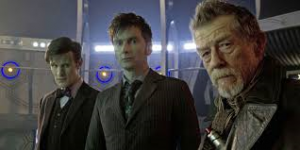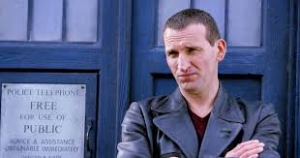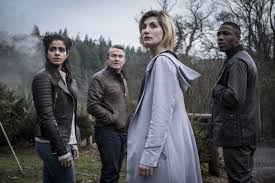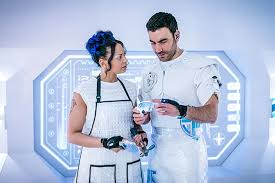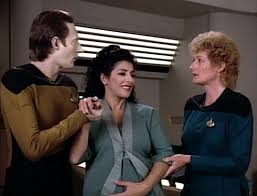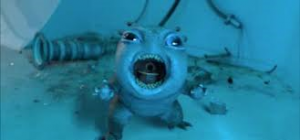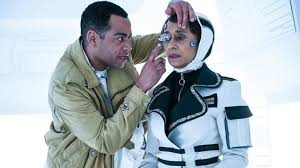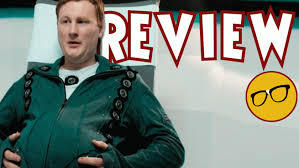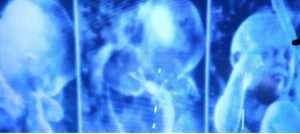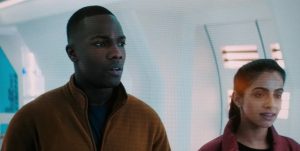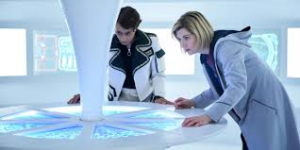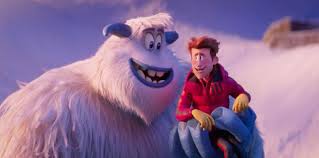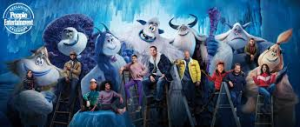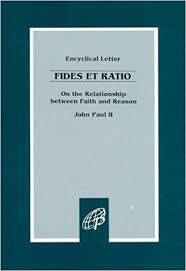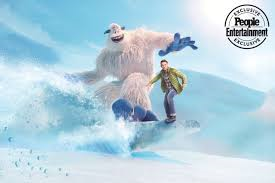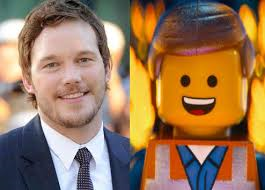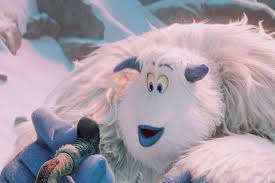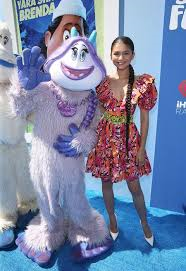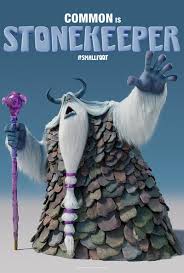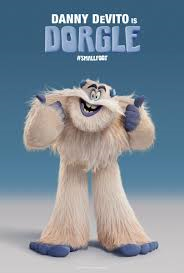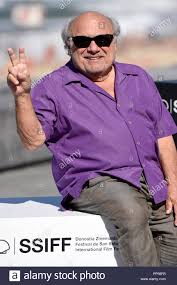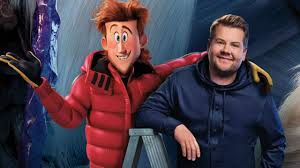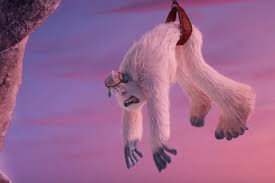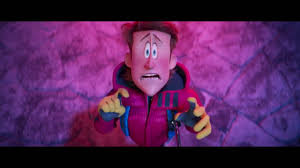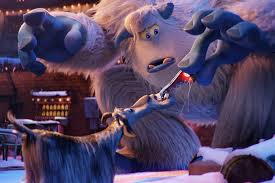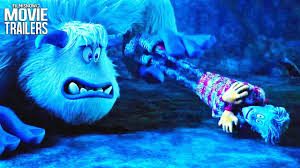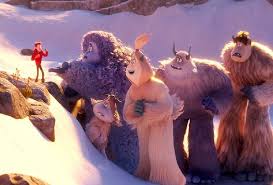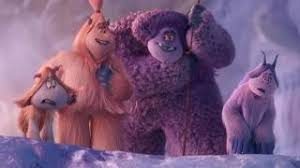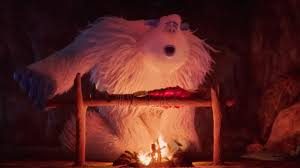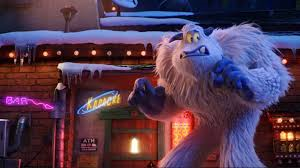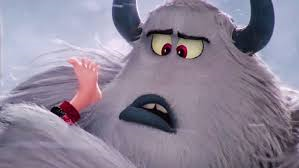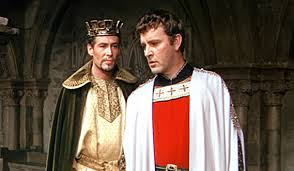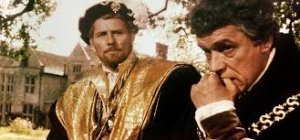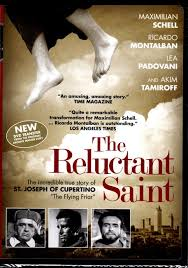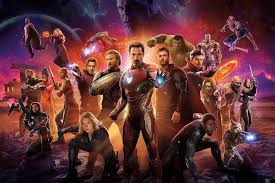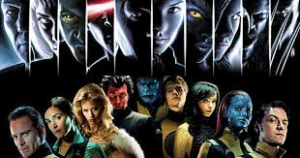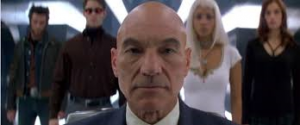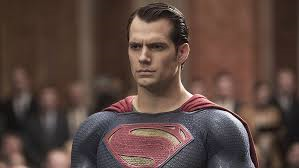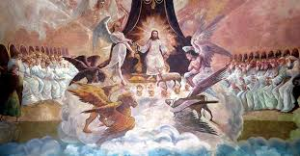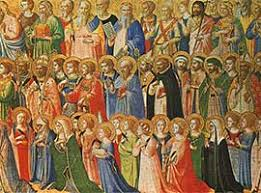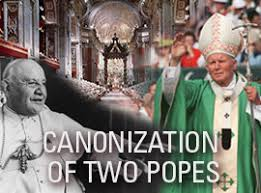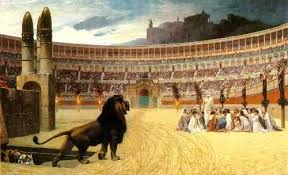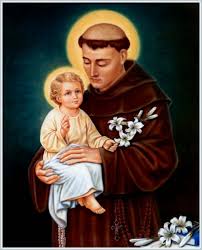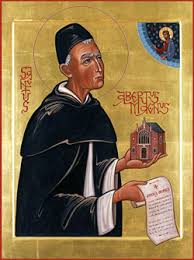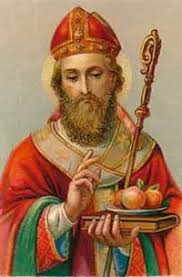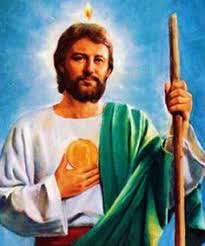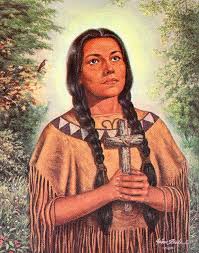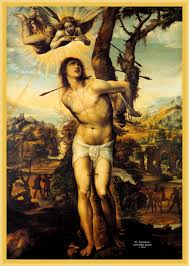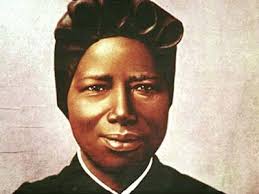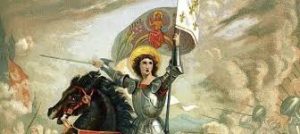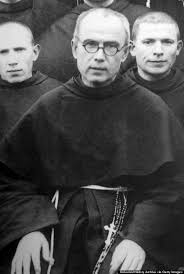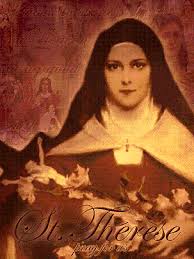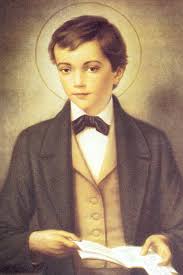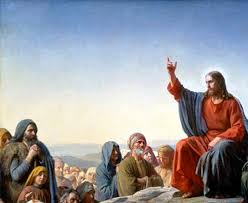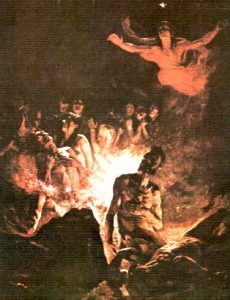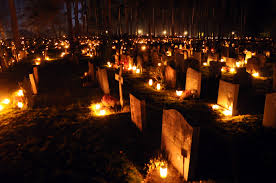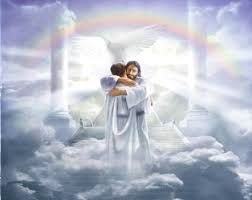AUDIO PODCAST OPTION OF FANTASTIC BEASTS 2 REVIEW
SHORT TAKE:
Adults-appropriate only sequel to Fantastic Beasts which follows the Hitler-like rise of Grindelwald.
WHO SHOULD GO:
Adults who were fans of the series growing up.
AND IF YOU LIKE THESE REVIEWS PLEASE SUBSCRIBE! THEN YOU’LL GET EVERY NEW REVIEW SENT STRAIGHT TO YOUR E-MAIL!!
GO TO THE BOTTOM OF THE LEFT HAND SIDE AND TYPE YOUR E-MAIL IN – IT (SHOULD BE) THAT EASY. ANY PROBLEMS PLEASE SEND ME A COMMENT AND I’LL DO MY BEST TO RESOLVE YOUR ISSUE.
LONG TAKE:
I’m going to say it because no one in the last eleven years has: JK Rowling is a genius, and therein lies the crime worse than Grindelwald’s.
SPOILERS
The premise of the Crimes of Grindelwald is the continuation of the story of 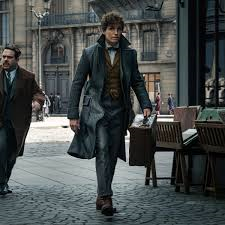 Newt Scamander (Eddie Redmayne – Les Mis, The Theory of Everything) and his sidekick Jacob (Dan Fogler from Balls of Fury), as they look for
Newt Scamander (Eddie Redmayne – Les Mis, The Theory of Everything) and his sidekick Jacob (Dan Fogler from Balls of Fury), as they look for 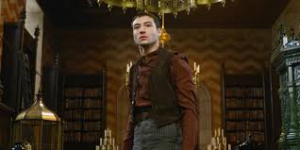 Credence (Ezra Miller, Flash from Justice League and Suicide Squad), thought to have been killed in the previous movie. Side plots involve a misunderstanding between
Credence (Ezra Miller, Flash from Justice League and Suicide Squad), thought to have been killed in the previous movie. Side plots involve a misunderstanding between 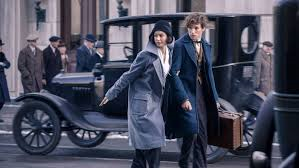 Newt and Tina (Katherine Waterston) and the ultimately fatal frustration of
Newt and Tina (Katherine Waterston) and the ultimately fatal frustration of  Queenie (Alsion Sudol) over the law which forbids her and Jacob to marry. Against all this is the rising of the tide of
Queenie (Alsion Sudol) over the law which forbids her and Jacob to marry. Against all this is the rising of the tide of 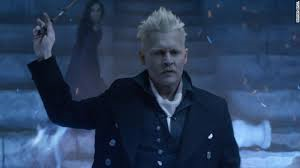 Grindelwald (Johnny Depp – Murder on the Orient Express, Benny and Joon, Pirates of the Carribbean, Public Enemy and almost every Tim Burton movie ever made), Grindelwald’s threatening anti-muggle philosophy, which plays out akin to the anti-semitism of the Nazis, and … Dumbledore’s initially inexplicable reluctance to fight him.
Grindelwald (Johnny Depp – Murder on the Orient Express, Benny and Joon, Pirates of the Carribbean, Public Enemy and almost every Tim Burton movie ever made), Grindelwald’s threatening anti-muggle philosophy, which plays out akin to the anti-semitism of the Nazis, and … Dumbledore’s initially inexplicable reluctance to fight him.
JK Rowling pronounced, three months after the publication of the last book in the Harry Potter series, that Dumbledore was gay. This was an extraordinarily dramatic twist in the backstory of a major character which had no clues or preparation for it in the books to support it.
Revelations about sexual preferences amongst main characters are not usually the fodder of children’s storybook mythology. Granted the people who started out with Rowling when they were 11 are now in their thirties, big people who are more readily able to handle this kind of dark, complex relationship. But this is still a children’s story, and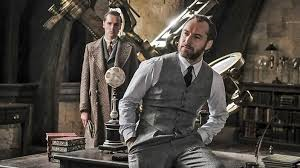 Dumbledore’s same sex attractions are really just not something appropriate to the child-target audience. But, even aside from that, there is no literary justification for it, no relevant hints to it and no established lore for it.
Dumbledore’s same sex attractions are really just not something appropriate to the child-target audience. But, even aside from that, there is no literary justification for it, no relevant hints to it and no established lore for it.
JK doubles down on this issue by making Dumbledore’s sexual proclivities a major plot point in Fantastic Beasts 2. Dumbdledore will not confront the most dangerous and diaboliocal wizard ever born because … he is infatuated with him. This is a weak excuse at best and not up to Rowling’s best efforts.While there is absolutely nothing explicit whatsoever in the movie between Dumbledore and Grindelwald, 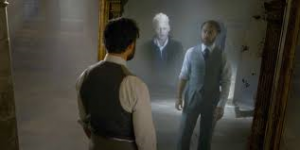 there are uncomfortable and unnecessary innuendos and long hairy looks aplenty between Law’s Dumbledore and Depps’ Grindelwald,
there are uncomfortable and unnecessary innuendos and long hairy looks aplenty between Law’s Dumbledore and Depps’ Grindelwald, 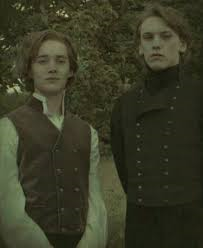 which I would NOT want to have to explain to my underage child. It’s just not subject matter that should even be averred to in a story primarily aimed at school aged children, even IF the charter fans are well past the age of consent now.
which I would NOT want to have to explain to my underage child. It’s just not subject matter that should even be averred to in a story primarily aimed at school aged children, even IF the charter fans are well past the age of consent now.
In addition, there are a number of other ill advised, non-sequitor, anachronistic, plot convolutions it will be very difficult for JK to explain away without time turners. Keep in mind Rowling wrote this script so can not blame a poor scriptwriting translation.
Short list:
The presence of Professor McGonagall at the castle during the movie 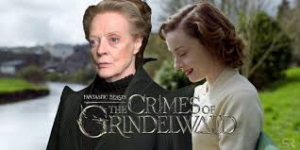 (Fiona Glascott in FB2 and during the first eight movies by Dame Maggie Smith) is one of the most obvious. The film takes place in 1927 and McGonagall did not start teaching at Hogwarts until 1956. Of course, this could have been her relative, but then the appearance of this character would be just a sloppy name drop.
(Fiona Glascott in FB2 and during the first eight movies by Dame Maggie Smith) is one of the most obvious. The film takes place in 1927 and McGonagall did not start teaching at Hogwarts until 1956. Of course, this could have been her relative, but then the appearance of this character would be just a sloppy name drop.
 Dumbledore is teaching Defense Against the Dark Arts. According to the original lore, Dumbledore never taught Defense Against the Dark Arts, but Transfigurations.
Dumbledore is teaching Defense Against the Dark Arts. According to the original lore, Dumbledore never taught Defense Against the Dark Arts, but Transfigurations.
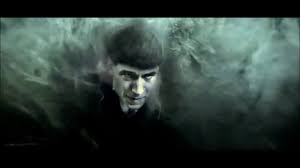 Credence is alive but there is no explanation as to how. Granted there was a remaining wisp of his obscurus (a manifestation of a wizard’s repressed magical powers which forms if they are not allowed to express those powers openly), left at the end of the previous movie. Does even a single bit of the obscurus have the ENTIRE person in it with memories intact? This power is never alluded to in the first story’s description of the obscurus.
Credence is alive but there is no explanation as to how. Granted there was a remaining wisp of his obscurus (a manifestation of a wizard’s repressed magical powers which forms if they are not allowed to express those powers openly), left at the end of the previous movie. Does even a single bit of the obscurus have the ENTIRE person in it with memories intact? This power is never alluded to in the first story’s description of the obscurus.
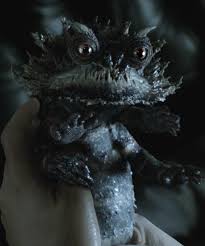 If the chupacabra (a mini-dragon-like craeture which accompanies Grindelwald at the beginning of the movie) is a guard, why does it attack the ministry member and seem so affectionate to Grindelwald? If it belongs to Grindelwald, why does Grindelwald so casually kill it?
If the chupacabra (a mini-dragon-like craeture which accompanies Grindelwald at the beginning of the movie) is a guard, why does it attack the ministry member and seem so affectionate to Grindelwald? If it belongs to Grindelwald, why does Grindelwald so casually kill it?
While everyone was happy to see Jacob, the muggle baker, return, it was with a shoddy trick – that the obliviate didn’t work on him because it only erased BAD memories and he only had good ones. But at the end of the first Fantastic Beasts it was OBVIOUS Jacob did not recognize Newt, did not clearly understand where his bakery ideas were coming from, and at first did not recognize Queenie. 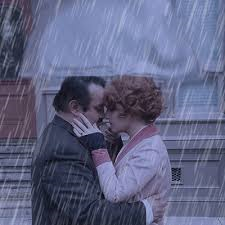 It would have been more believable to say, for example, that Queenie had placed a protective charm on him in their final parting kiss, which would make the obliviate in the rain cause only a temporary loss of memory. But the way Rowling handled it in this second FB script was just clumsy and careless.
It would have been more believable to say, for example, that Queenie had placed a protective charm on him in their final parting kiss, which would make the obliviate in the rain cause only a temporary loss of memory. But the way Rowling handled it in this second FB script was just clumsy and careless.
Why did Queenie abandon Jacob? If Queenie’s primary reason for wanting to follow Grindelwald was to fight the rule prohibiting her relationship with Jacob, then how does leaving Jacob in a collapsing arena, surrounded by lethally enchanted flames, to follow someone who hates muggles, going to further this goal? Was she a victim of the Imperius curse? She seemed to succumb to Grindelwald’s “charms” pretty voluntarily when she first meets him without his using a spell.
On the plus side – The Fantastic Beasts themselves are delightful, especially as they do not heavily rehash the old ones, but introduce us to new ones: 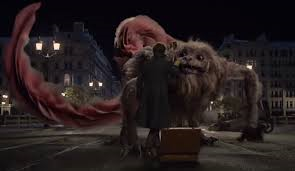 the Zouwu, which looks like a Chinese parade float come to toothy life,
the Zouwu, which looks like a Chinese parade float come to toothy life,  the underwater horse, the Kelpie (because it looks like it is made from kelp), and
the underwater horse, the Kelpie (because it looks like it is made from kelp), and 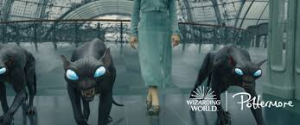 the creepy black Matagot cats from French folklore. (Thankfully no more Erumpant-Newt mating dances – that was just embarrassing.)
the creepy black Matagot cats from French folklore. (Thankfully no more Erumpant-Newt mating dances – that was just embarrassing.)
The special effects – from the underground circus performers to Newt’s Kelpie ride – are interesting. The music is familiar Potter themes. And the acting is solid as all the characters we’ve seen before reprise their roles solidly.
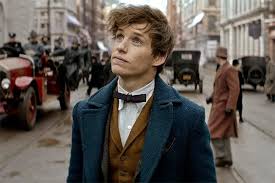 Redmayne is especially outstanding as the socially challenged Newt tries very hard to reconnect with Tina and reconcile with his brother, Theseus. Redmayne’s performance is worth seeing the movie for. His depiction of Newt with autistic characteristics – lack of eye contact, difficulty understanding the social cues others take for granted, his hesitant verbal skills, trouble expressing physical affection with his own brother – is not an accident. While Rowling never expressly named the spectrum when discussing the character with Redmayne, Redmayne was openly aware of what these personality quirks denoted and actively created this character within the spectrum of autistic behavior.
Redmayne is especially outstanding as the socially challenged Newt tries very hard to reconnect with Tina and reconcile with his brother, Theseus. Redmayne’s performance is worth seeing the movie for. His depiction of Newt with autistic characteristics – lack of eye contact, difficulty understanding the social cues others take for granted, his hesitant verbal skills, trouble expressing physical affection with his own brother – is not an accident. While Rowling never expressly named the spectrum when discussing the character with Redmayne, Redmayne was openly aware of what these personality quirks denoted and actively created this character within the spectrum of autistic behavior.
No overt mention of autism ever comes up – this movie takes place in 1927 and autism was not even recognized until the ’30’s, so, appropriately, everyone just accepts Newt’s behavior as just a part of his unusual personality. In addition to his spot on Newt, Redmayne presents us with a Newt that grows and develops, improving his interpersonal expressions with those to whom he feels most close: 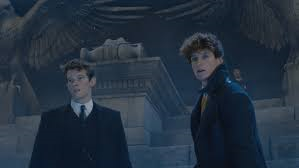 Theseus,
Theseus, 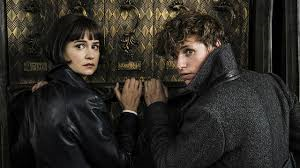 Tina and
Tina and 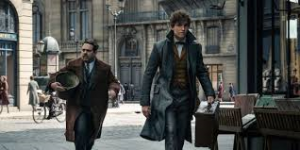 Jacob.
Jacob.
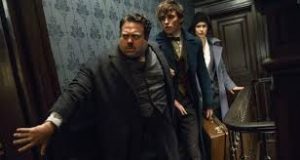 Fogler is again adorable, funny and relatable as the muggle, Jacob.
Fogler is again adorable, funny and relatable as the muggle, Jacob. 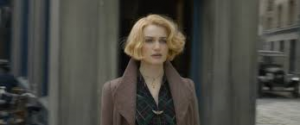 Sudol is disturbing and heartbreaking as she morphs from the gentle Queenie to Grindelwald’s complicit functionary.
Sudol is disturbing and heartbreaking as she morphs from the gentle Queenie to Grindelwald’s complicit functionary. 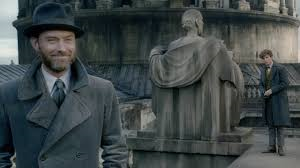 Jude Law, aside from the demands of his unique relationship preferences, is a wonderful young Dumbledore, with just the right whimsy, humor and mystery which could believably mature into
Jude Law, aside from the demands of his unique relationship preferences, is a wonderful young Dumbledore, with just the right whimsy, humor and mystery which could believably mature into 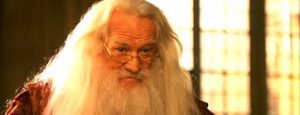 Richard Harris’ Dumbledore in The Sorcerer’s (/Philosopher’s) Stone.
Richard Harris’ Dumbledore in The Sorcerer’s (/Philosopher’s) Stone.
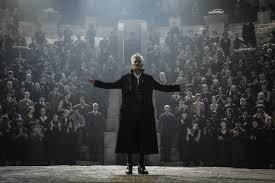 The Nazi theme is also very dark, and for mature audiences. There are at least a couple of events, relating appropriately but grimly enough to Grindelwald’s rise as a charismatic tyrannical leader, which by themselves would recommend against taking children. One example is the cold-blooded murder of an adorable two year old toddler, even as Grindelwald smiles at the babe’s inherent charms, similar to the Nazi thugs who bundled families into gas chambers after giving the children sweets. This parallel hits hard when one notes that Queenie and Tina’s last name is Goldstein, an obvious Jewish connection, making Queenie’s betrayal all the more ironic and heartbreaking.
The Nazi theme is also very dark, and for mature audiences. There are at least a couple of events, relating appropriately but grimly enough to Grindelwald’s rise as a charismatic tyrannical leader, which by themselves would recommend against taking children. One example is the cold-blooded murder of an adorable two year old toddler, even as Grindelwald smiles at the babe’s inherent charms, similar to the Nazi thugs who bundled families into gas chambers after giving the children sweets. This parallel hits hard when one notes that Queenie and Tina’s last name is Goldstein, an obvious Jewish connection, making Queenie’s betrayal all the more ironic and heartbreaking.
But while the characters – creature, wizard and muggle – all fare well, the overall plot suffers from plain old bad writing. If Rowling has something up her sleeve that would clear much of the threadbare points up she has left no breadcrumbs to give us some confidence in a strategy, though the movie ends on a number of cliffhangers and set ups for the next movie.
CONCLUSION
Between the inappropriate sexual references and well thought out but grimly burgeoning magical Third Reich, I would NOT take children to see this movie. If you were the age to receive a letter from Hogwarts when the first books came out, you’d be more than old enough for the themes now. BUT be aware of the peculiar plot holes and unexplained inconsistencies from the long held, previously well established Harry Potter canon, which makes this a disappointing and unsatisfying outing despite the good performances and interesting creatures. Rowling is capable of so much better.
